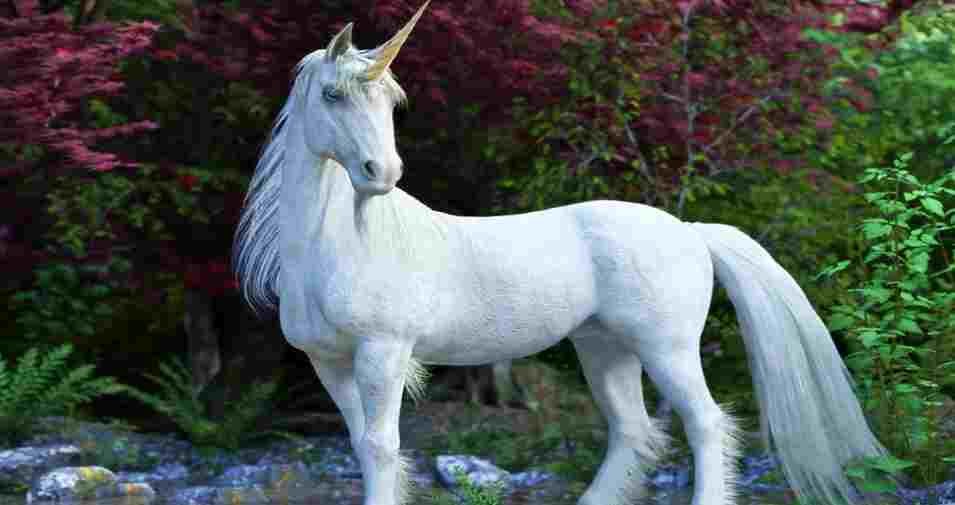When one thinks of Scotland, images of rolling hills, lochs, and ancient castles often come to mind, but there’s another emblem that stands out—the unicorn. This mythical creature holds the esteemed title of Scotland's national animal, a symbol steeped in history and folklore. The unicorn represents purity, innocence, and power, making it a fitting emblem for a nation rich in cultural heritage. The choice of a creature that does not exist in the natural world speaks volumes about Scotland's connection to myth and magic. Just as the unicorn is a creature of legend, so too is Scotland a land of stories, with its past woven into the very fabric of its identity.
Throughout history, the unicorn has been embraced by Scottish royalty and associated with various dynasties, most notably the Stewart dynasty. This connection to the monarchy further cements the unicorn's status as a national symbol, embodying the fierce independence and pride of the Scottish people. As we delve deeper into the reasons behind this unusual choice for a national animal, we uncover layers of meaning that highlight Scotland's unique cultural landscape.
In this article, we will explore the significance of the unicorn as Scotland's national animal, examining its historical roots, symbolism, and how it continues to be celebrated today. From the tales of old to modern-day representations, the unicorn remains a powerful icon of Scotland's identity, reflecting both its past and its aspirations for the future.
What is the Historical Significance of the Unicorn in Scotland?
The unicorn's importance in Scottish history can be traced back to the 15th century when it first appeared on the royal coat of arms. The creature was often depicted in heraldry, symbolizing strength and purity. The unicorn's association with the Scottish monarchy was solidified when it became a prominent feature in the royal banners and emblems, representing the divine right of kings and their connection to the heavens.
How Did the Unicorn Become Scotland's National Animal?
The unicorn's journey to becoming Scotland's national animal is a fascinating tale. Its roots can be traced to the ancient Celtic myths where it was a symbol of purity and grace. Over time, the unicorn was adopted by the Scottish crown, especially during the reign of King James III, who used it as a symbol of his royal lineage. The unicorn's presence in Scottish heraldry reflects the deep-seated beliefs and values of the Scottish people, emphasizing their connection to the mystical and the divine.
What Does the Unicorn Represent for the Scottish People?
For many Scots, the unicorn embodies the spirit of independence, resilience, and the pursuit of truth. Its representation as a solitary creature reflects Scotland's historical struggle for autonomy and its quest for self-determination. The unicorn is not just a whimsical creature of fairy tales; it represents the unyielding spirit of the Scottish people who have faced numerous challenges throughout history.
How is the Unicorn Celebrated Today in Scotland?
Today, the unicorn continues to be celebrated as a national symbol of Scotland. It appears in various forms of art, literature, and even as part of the country's official emblems. From sculptures in public spaces to depictions in modern media, the unicorn's legacy persists, reminding both locals and visitors of Scotland's rich cultural heritage.
Are There Any Myths or Legends Associated with the Unicorn?
The unicorn is steeped in a wealth of myths and legends that have enchanted people for centuries. One popular myth suggests that unicorns possess healing powers and can purify water, making them symbols of health and vitality. Additionally, folklore often describes the unicorn as being elusive and difficult to capture, signifying the importance of protecting purity and innocence.
What Role Does the Unicorn Play in Scottish Festivals and Celebrations?
Throughout Scotland, the unicorn is celebrated in various festivals and events that showcase Scottish culture. During the annual Highland Games, one can find representations of the unicorn in traditional costumes and artistic performances. Moreover, the unicorn often features prominently in tourism campaigns, inviting visitors to explore the mythical and magical aspects of Scotland.
How Can One Experience the Legacy of Scotland's National Animal?
Experiencing the legacy of Scotland's national animal, the unicorn, can be done through various means. Here are a few suggestions:
- Visit historical sites that feature unicorn imagery, such as castles and museums.
- Explore local art galleries showcasing works that depict the unicorn and its symbolic meanings.
- Participate in cultural festivals where the unicorn is celebrated through performances and displays.
- Engage with local folklore by attending storytelling events that highlight the myths surrounding unicorns.
What is the Future of the Unicorn as a National Symbol?
The future of the unicorn as Scotland's national animal appears bright. As Scotland continues to evolve, the unicorn will likely remain a steadfast symbol of the nation's identity. Its representation in modern culture—from literature to media—will ensure that the legacy of this mythical creature endures, inspiring future generations to appreciate the rich tapestry of Scotland's history.
Conclusion: Why the Unicorn is More Than Just a National Animal?
In conclusion, the unicorn stands as a powerful symbol of Scotland's heritage, representing not only its historical roots but also the indomitable spirit of its people. As a national animal, the unicorn encapsulates the values of purity, strength, and independence—qualities that resonate deeply within the Scottish identity. Through continued celebration, storytelling, and artistic expression, the unicorn will remain a cherished emblem of Scotland's past, present, and future.
Exploring The Extraordinary World Of Far Out Ice Cream
Exploring The Depths Of "Do I Wanna Know Lyrics"
Tara Yummy Hot: The Rising Star Of Culinary Delight


